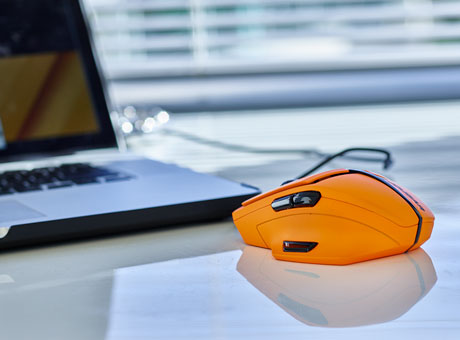When you replace or upgrade your company’s technology, it comes at a cost. The Canadian Revenue Agency (CRA) allows you to claim these costs as deductions on your taxes, which reduces your tax bill. Different technology purchases qualify for different types of deductions. Before you fill out your tax returns, it’s a good idea to classify each purchase based on CRA rules.
What Types of Technology and Technology Services Qualify for a Deduction?
You can claim a deduction on any technological device or service that you use for your company, including:
- Televisions
- Computers
- Tablets
- Smartphones
- Internet
- Phone service
- Cable subscriptions
- Apps
To qualify for a deduction, the equipment and services must relate directly to your business. If you buy a smartphone or tablet for work, you can deduct the purchase price. Do you use paid smartphone apps for work? You can also deduct those costs. The deduction also applies to subscriptions: If you’re a freelance writer who reviews television shows, for example, your cable subscription is a reasonable business expense.
If you use your work devices for personal reasons, however, you can only write off part of the expense. To figure out the percentage you can deduct, count the number of hours per day that you use the device for work. Then, divide that number by 24.
Imagine that you have a television that you use for eight hours per day for work. The rest of the time, you use it as a personal television. In that case, divide 8 by 24 to get .33 — this is the percentage of expenses (33%) that you can write off. If you bought the television for $1,000 and you pay $100 a month for cable, you can write off $330 for the purchase and $33 per month for expenses.
Classifying Your Technology as a Current Expense vs. a Capital Expenditure
You can deduct your technology expenses in two ways: as a current expense or as a capital expenditure. Current expenses are costs you pay for immediate use, like internet service or in-app purchases. The CRA allows you to deduct the full cost of these items in the year of purchase.
Capital expenditures, on the other hand, refer to purchases that you use in your business for more than one year. This category usually includes items such as computers, projection systems, and cameras. For these purchases, the CRA requires you to capitalise the cost and deduct a portion of it each year that you use the item. Other items in this category are:
- Commercial scanners
- Copy machines
- Large-format printers
- Servers
Choosing the Correct CRA Business Deductions for Technology
Sometimes, it’s tough to decide whether your technology purchase qualifies as a current expense or a capital expenditure. The CRA doesn’t have a hard and fast rule for the type of technology deduction you choose, so it’s up to you to track your expenses and classify them.
If you’re buying a device to use for multiple years, it’s usually a good idea to capitalise on the cost. This often applies to high-priced items such as computers or servers. Some types of technology, such as smartphones and apps, change quickly – do you expect to upgrade to a newer version in a year or less? If so, it’s a good idea to claim the cost as a current expense.
The nature of your business also affects how you deduct technology. Imagine that your field technicians use laptops in harsh environments, so the laptops probably wear out faster than they would in an indoor office. In this situation, you might be able to claim laptop costs as a current expense. Make sure that your choice is reasonable: As long as you can justify your decision, the CRA usually accepts it. When in doubt, consult with the CRA or your tax advisor before filing your taxes.




